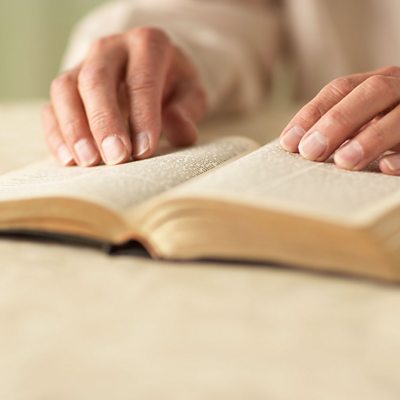Episode details

Available for over a year
After four decades in prison, Charles Manson died of natural causes. It seems quite an innocuous way to go for one of the twentieth centuryтs most notorious criminals. He was for many, the personification of sheer evil. The fact that Manson never actually murdered his victims, but rather inspired his crazed followers known as his тfamilyт to do the deed, only made him appear more demonic. Manson began attracting followers in 1969 when he moved into the Haight-Ashbury neighbourhood of San Francisco, the epicentre of hippiedom, just in time for the summer of love. And here is the interesting thing about Charles Manson. His toxic ideas were set within the framework of the Hippy zeitgeist. The anti-authoritarianism, counter-culturalism, non-conformist vibe of the 60тs proved fertile soil for some of Mansonтs darkest delusions. His bizarre notion of an apocalyptic race-war called тHelter Skelterт was based on a twisted reading of a Beatles song by that same name. His тfamilyт of runaways, misfits and lost souls were mesmerised. Much of the 60тs zeitgeist was positive, the political and religious establishments were in dire need of change. Young people, fired up with idealism т albeit some of it drug induced т challenged what they perceived as a corrupt, soulless society. Their motives, for the most part, were pure and good. They challenged the senseless killing in Vietnam, and brought issues like civil rights and feminism to the fore. And yet the very impulses that gave rise to all this positive change in wider society, were corrupted by Manson into a vile doctrine justifying murder. It is so much easier to keep good and evil separate. To see them as two entirely different realms, hermetically sealed off from each other. The truth according to the Jewish tradition, is more uncomfortable. Evil is not an independent reality, it is rather the shadow side of good, even of God. Speaking through the prophet Isaiah God says: I form light and create darkness, I make peace and create evil I the Lord do all these things The thirteenth century Jewish mystical text the Zohar goes even further: тThere is no light without darkness and no darkness without light. тOut of good issues evil, out of compassion issues judgement т all is interwoven.т Good and evil are on a spectrum, and one must forever remain vigilant not to cross over the other side. It is a painful truth, that often, the most beautiful things in life such as love and justice, can, given the right set of circumstances, be distorted into their mirror opposites. The best we can do, is appreciate that goodness contains a kernel of danger, and that even as we celebrate it, we must be alive to its darker manifestations.
Programme Website